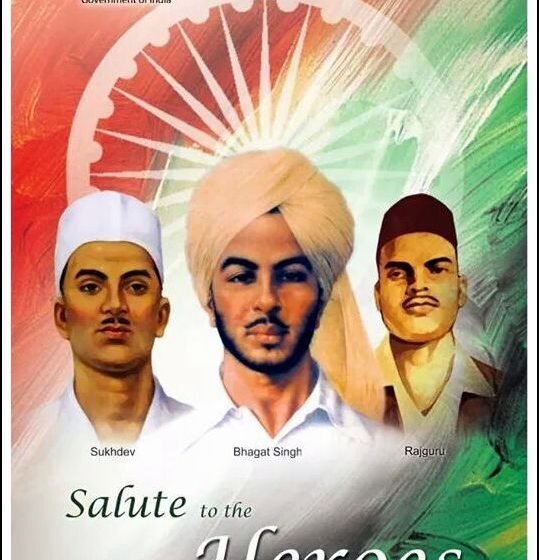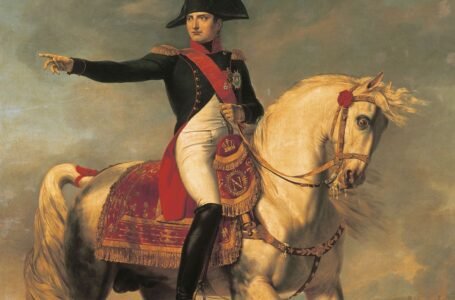SHAHEED DIVAS – 23 MARCH

Image courtesy : Ministry of Information and Broadcasting India
MARTYR’S DAY – 23 MARCH
The old culture and rich civilization of our county attracted the Britishers who ruled for almost 200 years, leaving a deep impression on our country. The new policies and the land system, economic exploitation, manipulation on Indian peasants, discouraging handicrafts, different trading techniques, creating discrimination on the basis of color, caste and religion by the Colonial government changed the day-to-day lives of Indians. It was more than just a traumatizing experience for the ancestors. They struggled for the basic rights under the British Era, which resulted in the sacrificing of lives, bloodshed, violence for years!

The protests and revolutions by common people against Britishers brought us freedom. Martyrs’ Day or the Shaheed Divas is celebrated every year on 23rd of March to mark the sacrifices by the brave warriors of our country who lost their lives to the Britishers, they were Sukhdev Thapar, Bhagat Singh and Shivaram Rajguru.
SUKHDEV THAPAR:
Sukhdev Thapar was born on 15th May 1907 in Ludhiana, Punjab. At a very young age he started protesting against the colonial government. He became a senior member of the Hindustan Socialist Republican Association (HSRA) and a member of Naujawan Bharat Sabha. Sukhdev took part in various revolutions such as Prison Hunger Strike in 1929, Lahore Conspiracy Case. ‘Shaheed Sukhdev College of Business Studies’ is a university in Delhi named in the remembrance of Sukhdev.
BHAGAT SINGH:
Bhagat Singh was a passionate revolutionary, born on 27th September 1907, who was also a member of HSRA and adopted the idea of communism and believed that one can kill an individual but not the ideas. The famous ‘Hall Bombing’ in New Delhi on 8th April 1929 was led by Bhagat Singh and Batukeshwar Dutt. They threw two bombs into the assembly chamber and instead of escaping, they stayed there shouting ‘Inquilab Zindabad’ (long live the revolution). The Shaheed-e Azam Sardar Bhagat Singh Museum was built on the 50th death anniversary at his ancestral village, Khatkar Kalan.
SHIVARAM RAJGURU: Rajguru, the Indian revolutionary was from Maharashtra, born on 24th August 1908. He was a colleague of Bhagat Singh and Sukhdev Thapar, who wanted freedom from the Britishers by hook or crook. His birthplace Khed was renamed as Rajgurunagar in the honor and his ancestral house Rajguru Wada is now maintained as a memorial of Shivaram. Shaheed Rajguru College of Applied Sciences in Delhi is a tribute to Shivaram Hari Rajguru.
The three of the young revolutionaries mistakenly shot a British police officer J.P. Saunders, was under probation of the British senior superintendent, James Scott who was held responsible for the violent death of nationalist leader Lala Lajpat Rai. After killing Saunders, the group killed Chanan Singh, a head constable who was chasing them and escaped from Lahore. But later the three were hanged in the central jail of Lahore on March 23, 1931.
The jail authorities then secretly cremated their bodies. Now their memorial is located at Hussainiwala. The struggle for freedom was not just a short-term task for the ancestors, they had to give up on everything for the nation. The ideas of nationalism were spread through paintings, poetry, songs, hymns, posters, and slogans, and are still carried on. Even today people from all aspects of life show their fondness and deep respect for the sacrifice made by these sons of Bharat Maa. They became idols for the youth and the upcoming generations.


